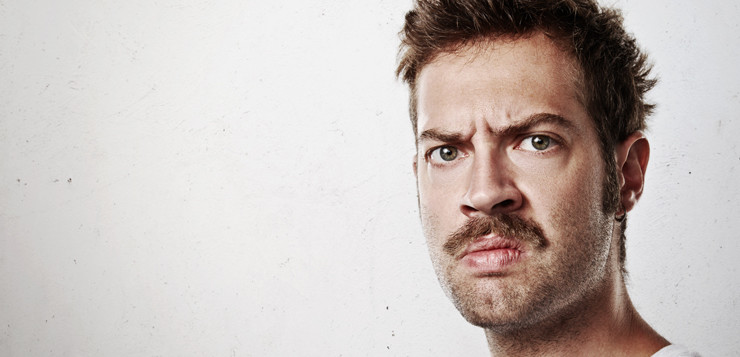Give this loving-kindness practice a shot when dealing with difficult people and see what you notice.
By Elisha Goldstein
kantver/Dollar Photo Club
Dharma companions is a blog focusing on Dharma activities, information dissemination and bringing awareness to the multifaceted aspects of Buddhism for the community from Shah Alam Buddhist Society (SABS). Postings should be of interest to Buddhist and anyone who seeks information on Buddhism. As the title suggest, we also aim to be a companion to those who seeks our company in this path that we undertake. May you be well, happy and peaceful.

by Josh Korda, The Huffington Post, Nov 20, 2015San Francisco, CA (USA) -- It would be easy to assume, given the ways Buddhist practice has been presented to its target market, that it revolves entirely around meditation: Health and well-being books, magazines and websites are lousy with images of smiling young women sitting blissfully on cushions, the sun dappling through their long blond hair, basking in blissful states of ease. .jpg) The message is all too uniform and clear: Beyond being white and able-bodied, all we need to do to cultivate lasting ease and peace of mind, beyond eating healthy diets and practicing yoga, is maintain a meditation regime in which we develop present time, non-judgmental awareness towards our internal experience; a little poise and equanimity on the cushion and voila, you're cured. Now, before I pop the balloon, let me affirm that meditation does, to a degree, live up to some of its billing; in 2011 a team of Harvard researchers at Massachusetts General Hospital documented that a daily meditation practice produced substantial changes in the brain, including increased gray-matter density in the hippocampus, which is essential for learning and memory function, and in dorsolateral structures associated with self-awareness and compassion. |